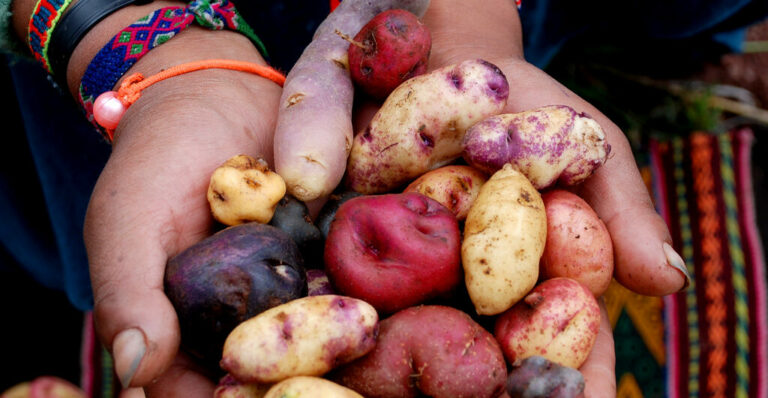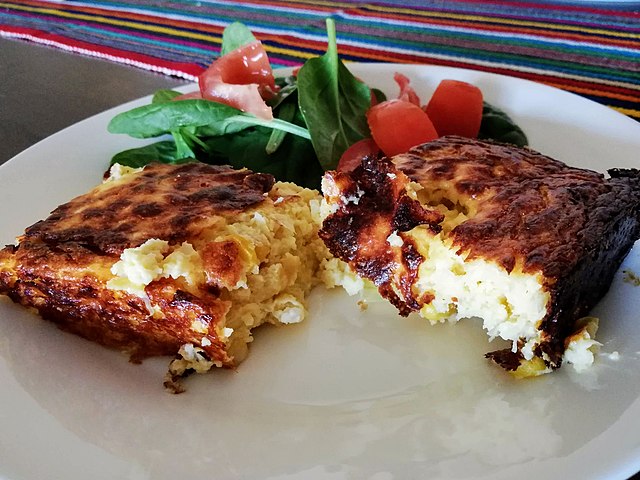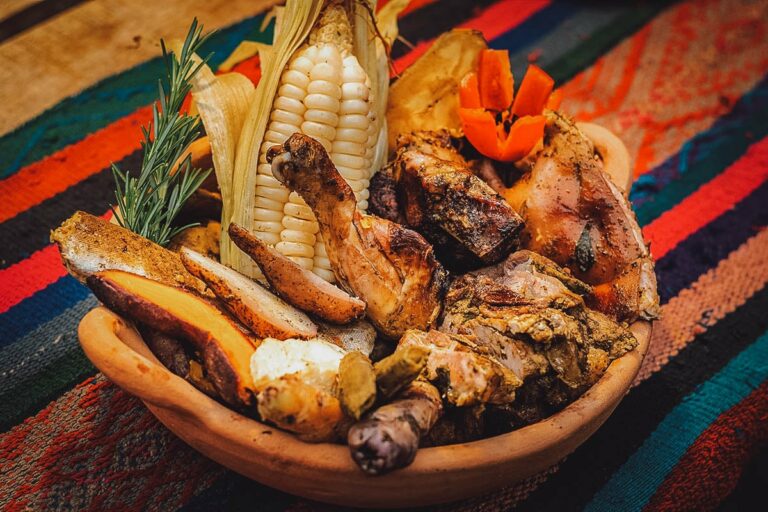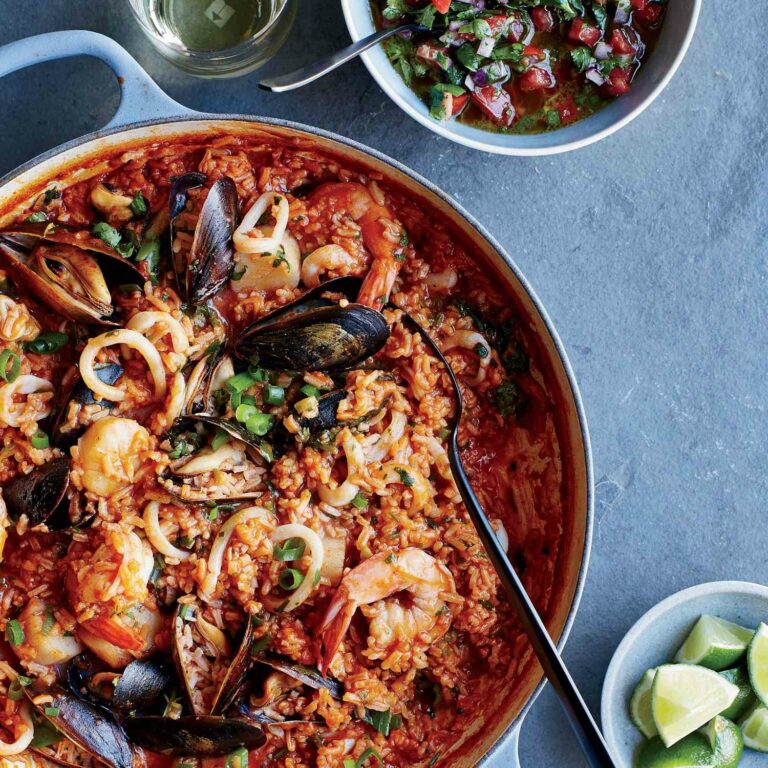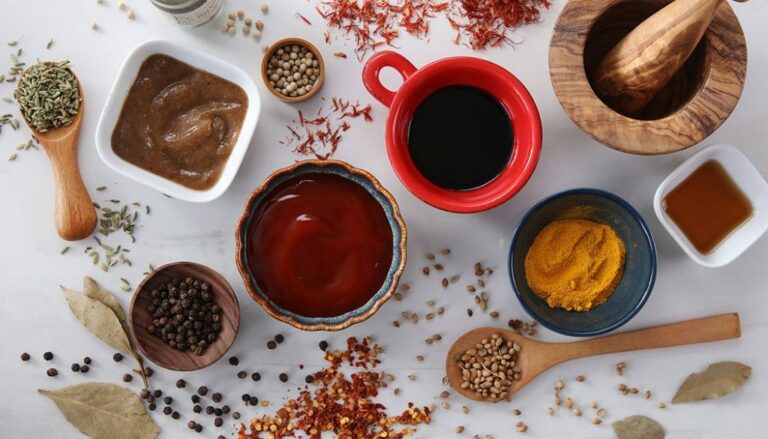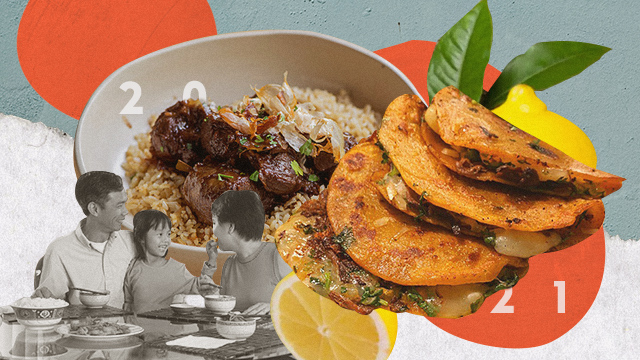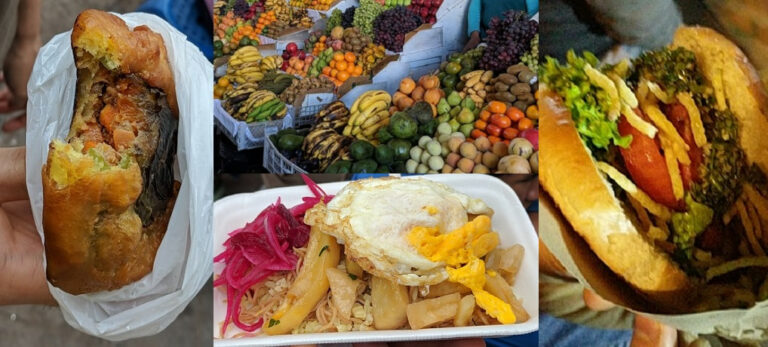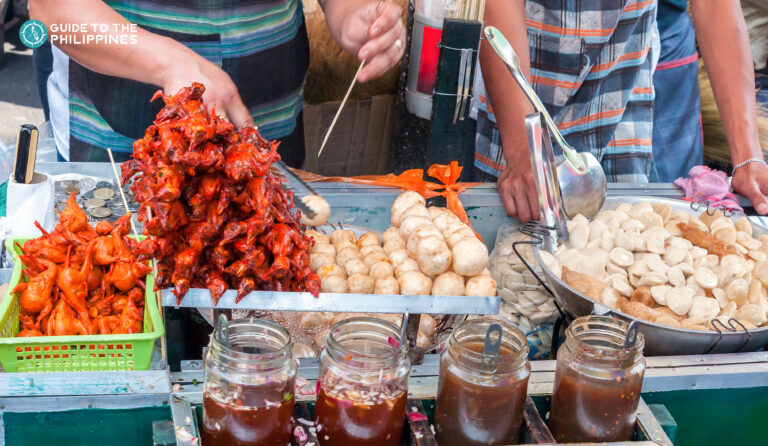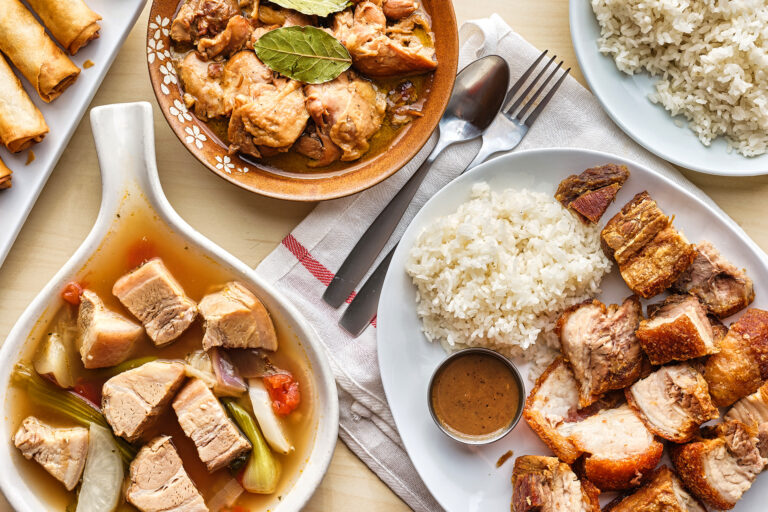Introduction: A Brief Overview of Peruvian Cuisine
Peruvian cuisine is a diverse and flavorful combination of indigenous ingredients and techniques, as well as Spanish, African, and Asian influences. The country’s varied geography, from the Andes Mountains to the Pacific coast, provides a range of ingredients and flavors. Potatoes, corn, and quinoa are some of the most important ingredients in Peruvian cuisine, and they continue to be used in traditional and modern dishes.
Potatoes in Peruvian Cooking: A Staple Ingredient
Potatoes have been cultivated in the Andes Mountains for over 7,000 years, and they are an essential ingredient in Peruvian cuisine. There are over 3,000 varieties of potatoes in Peru, ranging in color, shape, and size. Potatoes are used in many traditional Peruvian dishes, such as papa a la huancaína (a creamy potato dish) and causa (a layered potato dish). Potatoes are also used to make chicha, a fermented beverage that has been consumed in Peru for centuries.
Corn in Peruvian Cooking: From Traditional Recipes to Modern Cuisine
Corn, or maize, is another important ingredient in Peruvian cuisine. It has been a staple food in the Andes for thousands of years, and it is used in a variety of dishes, from soups and stews to desserts. In addition to using fresh corn, Peruvian chefs also use dried corn to make chicha morada, a non-alcoholic beverage made with purple corn, spices, and fruits. Corn is also used to make modern dishes, such as ceviche with corn puree and grilled corn with truffle butter.
Quinoa in Peruvian Cooking: A Nutritious and Versatile Grain
Quinoa has been cultivated in the Andes for over 5,000 years, and it is considered a superfood due to its high protein and nutrient content. In Peruvian cuisine, quinoa is used in a variety of dishes, from breakfast porridge to salads and stews. Quinoa is also used to make flour for bread and desserts. One popular Peruvian dish made with quinoa is quinoa soup, which is made with vegetables, chicken, and quinoa.
Popular Peruvian Dishes Featuring Potatoes, Corn, and Quinoa
Some of the most popular Peruvian dishes featuring potatoes, corn, and quinoa include lomo saltado (a stir-fry dish with beef, onions, and potatoes), anticuchos (grilled beef heart skewers), and ají de gallina (a creamy chicken dish with aji peppers). Other popular dishes include ceviche (raw fish marinated in lime juice and spices), chicha morada (a non-alcoholic beverage made with purple corn), and picarones (a dessert made with pumpkin and sweet potato doughnuts).
Conclusion: The Significance of Potatoes, Corn, and Quinoa in Peruvian Food Culture
Potatoes, corn, and quinoa are essential ingredients in Peruvian cuisine and have been for thousands of years. These ingredients not only provide important nutrients to the Peruvian diet but also represent the country’s rich cultural heritage. From traditional dishes to modern cuisine, these ingredients continue to be celebrated and incorporated into Peruvian food culture.

